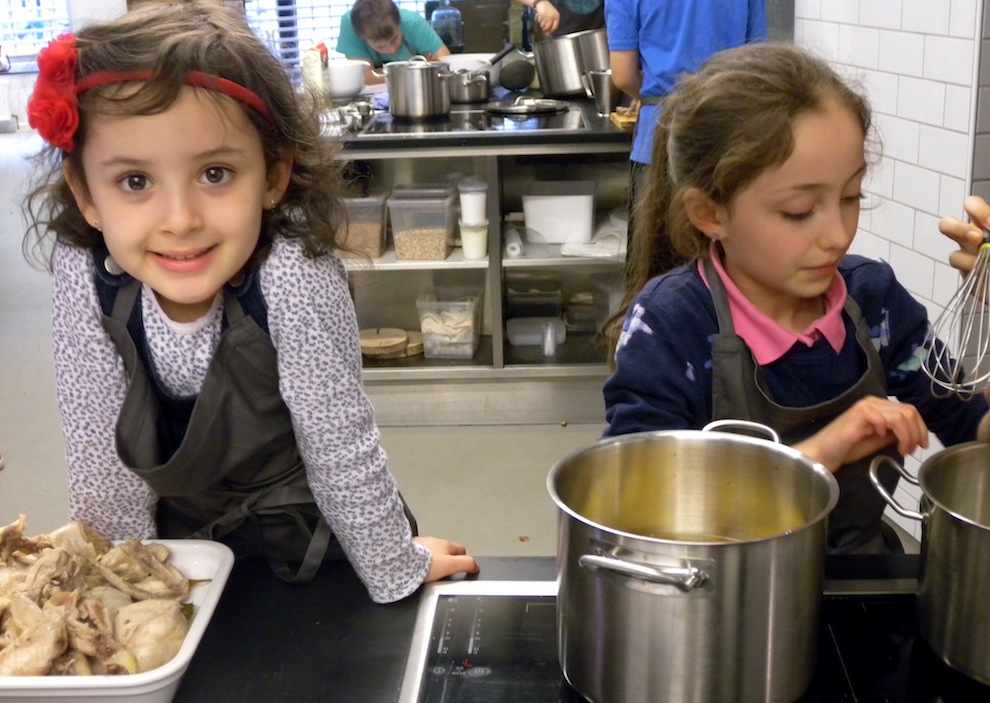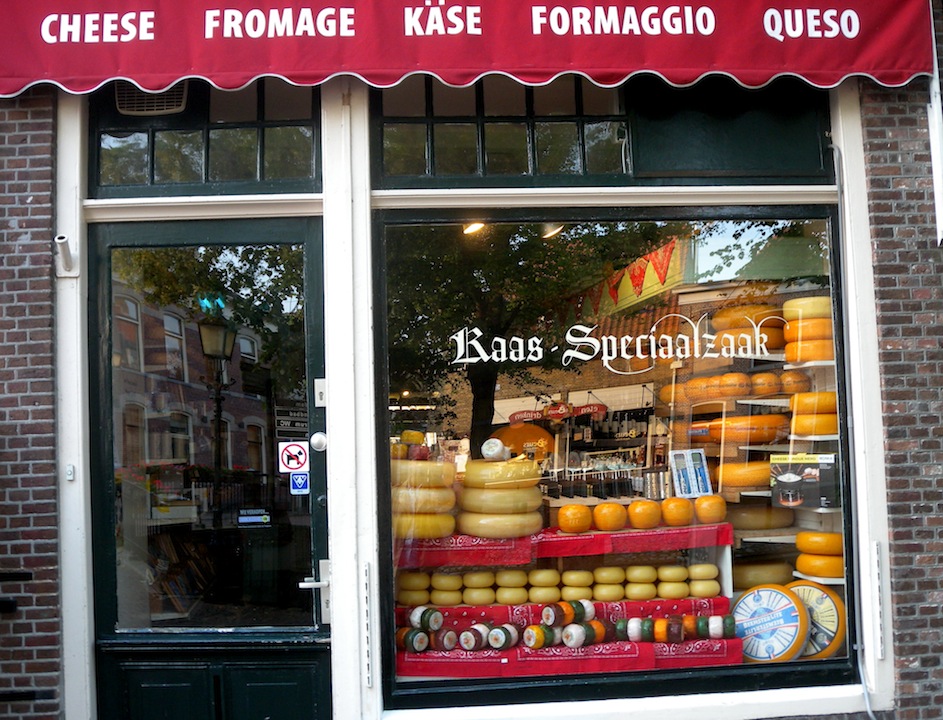
* Harvest festival season is in full swing – we even went to the apple festival at our local National Trust property last weekend. To keep the theme, here’s an old story from the archives about a cider-drinking trip to Herefordshire.
Follow me on Twitter or subscribe to the RSS for more story updates.
Tom Oliver really knows his apples.
From Redstreak to Brown Snout via Yarlington Mill, there are over 350 varieties of cider fruit in Herefordshire and, as an award-winning cidermaker, Tom has crafted the amber nectar from many of them.
“I remember my first taste of cider. I was about eight years old and sitting some atop some bales of hay,” grins Tom as I join him in the tasting room of Oliver’s Perry & Cider House, a tiny, rustic cellar lined with glass bottles of cider, for a quick lesson in the fine art of cider blending.
“My grandfather’s farmhands were handing round a cup of cider after unloading the apples at the end of the day — I was instantly hooked.”
Oliver’s started making cider commercially in 1999, eschewing farming hops for apples, and today produces some 30,000 bottles per year from five acres of orchards.
I follow Tom into a dark, damp barn behind the tasting room, where six barrels of Dabinett cider are slowly fermenting. The aim of today’s blending session, Tom explains, is to produce 1,000l of single-variety cider by blending different barrels to make for a softer, more rounded taste.
“I’m looking for something with an essence of honesty. What I don’t want is something mass produced,” says Tom, getting to work with a highly scientific turkey baster and a clipboard.
“Anyone can make an exceptional cider or perry -– they just need the will to do it.”
Long history
Cider has been produced in Herefordshire since Roman times with the combination of climate and mineral-rich, sandstone earth perfect for growing high-quality cider apples and perry pears.
In the 14th century, local children were christened in cider; by the 19th-century heyday over 3m gallons of cider were produced each year and, as late as the early 20th century, local farm workers were still partly paid in cider for a day’s labour.
Today, thanks to an upsurge of interest in organic produce and a slick TV advertising campaign by Magners to popularise cider as a summer drink over ice, cider is suddenly back in fashion.
Every autumn, Herefordshire, the largest cider-producing county in the UK with 9,500 hectares under orchard, comes alive with the apple harvest.
As the dappled shades of autumn reflect across the gently undulating hills of the countryside, apples are gathered for the three-stage cider-making process of milling (crushing), pressing and fermenting.
My base to explore the region was The New Inn, a 16th-century coaching inn, located down winding country B-roads in a village outside the attractive town of Hereford.
From here I set out on an autumnal morning to follow the official Herefordshire Cider Trail, a route signposted via a series of brown signs and accompanied by a glossy map.
The 70-mile trail starts with historical displays and artefacts at the Cider Museum in Hereford, and continues around a dozen or so local producers forming a triangle between Hereford, Leominster and Ledbury.
It makes for a relaxing drive with autumn leaves adding a splash of colour to the roadside and plenty of small villages, local cafes and country pubs to explore en route.
Cider trail
As I follow the trail, I find the attractions range widely. One visit is a low-key affair whereby I join an ad-hoc tasting session hosted by a grizzled local farmer in a ramshackle farm outbuilding.
Another visit brings me to Westons Cider, Herefordshire’s second biggest cider producer after Bulmers, which sells premium brands like Stowford Press and Vintage Reserve and exports to 23 countries, notably cider-crazy Finland.
The sprawling complex is the new face of cider: modern, slick and very family friendly.
After a quick tour around the site, poking my head into the distillery where huge wooden vats groan under the weight or fermenting cider, and the visitors’ centre, which tells the history of British cider drinking through rare and historic cider bottles and labels, I head for the award-winning restaurant, The Scrumpy House.
Set in a converted hay barn, the food is, I decide while tucking into roast park with apple sauce, excellent — hearty but unfussy. The chef even cleverly incorporates cider into his recipes.
Later that day, in the village of Bodenham, I find cider maker Martin Harris of Butford Organics, converting the farm’s ruined old cider mill into a modern new visitor centre.
Martin downshifted from being a partner in a firm of actuaries in Leeds and is typical of the new breed of cidermaker I find along the trail. Instead of ruddy-faced yokels swilling cloudy scrumpy, contemporary producers are dedicated master craftsmen and have more in common with French winemakers.
They are more concerned with blending and terroir than chewing straw and barn dances.
“I’m combining traditional skills and with more scientific knowledge,” says Martin, as we sip tea in his farmhouse kitchen, warmed by the glow of the Aga in the corner.
“It’s an intellectual and a physical challenge to produce great cider.”
Back at Oliver’s Perry & Cider House, Tom and I have spent the afternoon discussing tannins and exalting the elderflower on the nose of a lemony-citrus perry like a couple of champagne experts in Rheims.
We’ve agreed on the final blend of Dabinett and I’ve learnt that a medium-dry perry matches well with pork, a dry cider makes the perfect accompaniment to Camembert and sweet perry can be served as the perfect pre-diner aperitif.
“The mark of a good cider is that it’s palatable at first but that it also has enough body to take you on a journey,” says Tom, pouring the final blend triumphantly into a plastic pint glass.
The rain may be cascading down outside the barn but Tom and I are grinning contentedly as we savour our Dabinett blend.
After a weekend following the Cider Trail, I’ve learnt how cider making has all the subtlety of winemaking but none of the pretensions.
And, as the eight-per-cent alcohol kicks in, I discover one final secret of expert cider tasting:
Real cider men don’t spit.
Post your comments below.
* This story first appeared in the Daily Express in 2007. Liked this? Try Raising a glass to British Food Fortnight in Cumbria.






